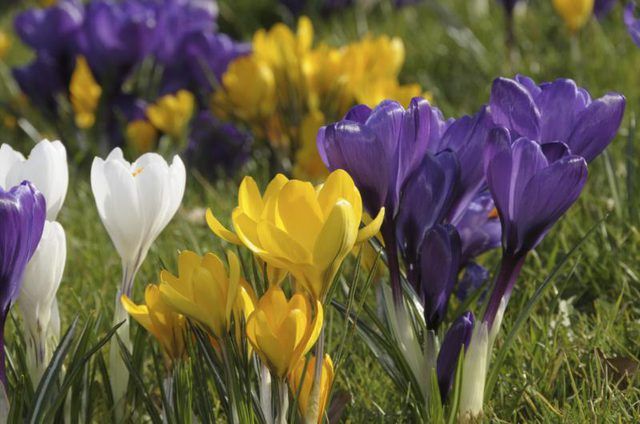Bulbs
Flower Basics
Flower Beds & Specialty Gardens
Flower Garden
Garden Furniture
Garden Gnomes
Garden Seeds
Garden Sheds
Garden Statues
Garden Tools & Supplies
Gardening Basics
Green & Organic
Groundcovers & Vines
Growing Annuals
Growing Basil
Growing Beans
Growing Berries
Growing Blueberries
Growing Cactus
Growing Corn
Growing Cotton
Growing Edibles
Growing Flowers
Growing Garlic
Growing Grapes
Growing Grass
Growing Herbs
Growing Jasmine
Growing Mint
Growing Mushrooms
Orchids
Growing Peanuts
Growing Perennials
Growing Plants
Growing Rosemary
Growing Roses
Growing Strawberries
Growing Sunflowers
Growing Thyme
Growing Tomatoes
Growing Tulips
Growing Vegetables
Herb Basics
Herb Garden
Indoor Growing
Landscaping Basics
Landscaping Patios
Landscaping Plants
Landscaping Shrubs
Landscaping Trees
Landscaping Walks & Pathways
Lawn Basics
Lawn Maintenance
Lawn Mowers
Lawn Ornaments
Lawn Planting
Lawn Tools
Outdoor Growing
Overall Landscape Planning
Pests, Weeds & Problems
Plant Basics
Rock Garden
Rose Garden
Shrubs
Soil
Specialty Gardens
Trees
Vegetable Garden
Yard Maintenance
How to Kill Flower Bulbs
How to Kill Flower Bulbs. For many gardeners, flowering bulbs are one of spring's most eagerly anticipated sights. Their colorful early blooms herald winter's end. But even the loveliest flowering bulbs become unwelcome when they spread beyond boundaries or tastes change. Ridding your lawn and garden of unwanted flower bulbs may take time --...

For many gardeners, flowering bulbs are one of spring's most eagerly anticipated sights. Their colorful early blooms herald winter's end. But even the loveliest flowering bulbs become unwelcome when they spread beyond boundaries or tastes change. Ridding your lawn and garden of unwanted flower bulbs may take time -- depending on the bulb, its surroundings and your desired results. Go the natural route with hands-on approaches, or speed the process with a chemical's help.
Dig and Destroy
Manually removing offenders and their offspring is the most direct way to rid your garden or lawn of unwanted blooming bulbs. Bulbs are generally planted at depths of two to three times the size of the bulb itself. Their relatively shallow roots often sit less than 6 inches deep. Many bulbs pull out easily by hand from moist, crumbly soil, but their offsets may hide below. A long, thin spade or a close-tined broadfork lifts soil and bulbs in a process similar to harvesting root vegetables. By digging bulbs, you assure both the bulb and its offspring are gone. Digging bulbs best suits confined, garden plantings and may be impractical for bulbs in lawns.
Turn the Tide
Most bulbs depend on full sun and excellent drainage to return year after year. Too much shade weakens them and overwatering leads to premature bulb death. Create inhospitable conditions for undesired bulbs by turning proper culture upside down. Overwatering hits spring-flowering bulbs hardest while they put on their last push of autumn roots and when they enter post-flowering dormancy come summer. Too much water quickly leads to rot. Similarly, healthy bulbs need regular watering during their active periods of growth and blooms. Withholding needed water during these times weakens the bulbs. Following through with overwatering helps finish the job.
End the Cycle
After bulbs bloom, they start storing fuel for next year's blossoms. Letting foliage wither and yellow naturally is critical to bulb longevity. Foliage captures essential energy; breaking the cycle prevents renewal. Cut all stems to the ground immediately after flowering -- when a bulb has exhausted its energy stores -- and you cut off its avenue for replenishment. Without a means to refuel, the bulb dies or struggles the following year. Keep all types of fertilizers, including turf applications, away from bulbs you want to kill. In lawns, mow foliage closely and keep it short for the same effect. Though it takes time, this method eventually kills naturalized bulbs without damaging the surrounding lawn.
Go Chemical
Many home remedies and selective herbicides only kill plant parts above ground. They work like cutting or mowing foliage, but with chemicals instead of blades. Killing whole bulbs requires a systemic chemical that travels through plants to their roots. A ready-to-use, glyphosate-based herbicide will kill bulbs -- along with other plants, including grass. Use glyphosate when bulbs are actively growing; dormant plants don't transport chemicals to roots. Work on a calm, rain-free day, and spray foliage until thoroughly wet. Use a cardboard backdrop to shield any nearby plants. Wear protective clothing, including gloves and safety goggles, and avoid all contact with exposed skin. Tenacious bulbs may require repeat applications.